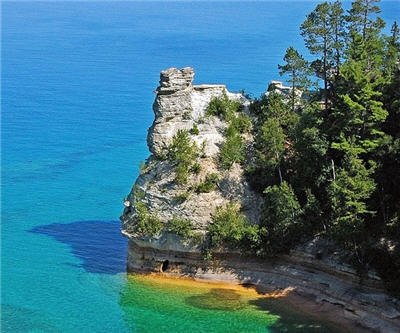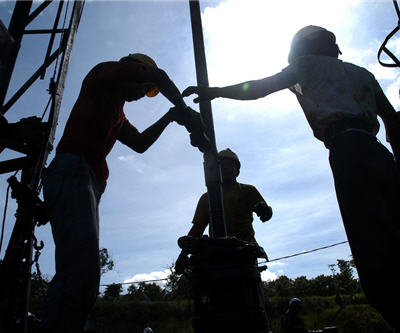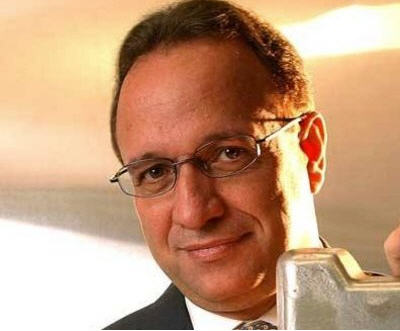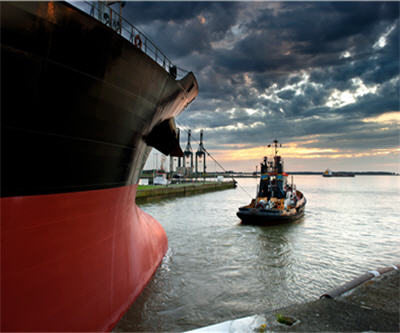AngloGold cuts $3 billion program to dig deeper at mine already 4 kilometres down
Bloomberg reports AngloGold Ashanti, the third- largest producer of the metal, is scaling back a $3 billion, 10-year programme to extend is Mponeng mine outside Johannesburg, South Africa.
Mponeng is the world's deepest mine and extends about 4 km (2.5 miles) underground. To meet an output target of 5.5 million ounces of gold by 2015, AngloGold will speed up expansion outside its South African base where barring technological breakthroughs, gold reserves are too deep to be mined profitably and safely. South African gold miners have to contend with some of the highest cash costs in the industry which at some properties are almost double the global average of $620 per ounce. AngloGold's most recent quarterlies showed production at Mponeng declined 8% to 117,000 ounces at $587/ounce.









